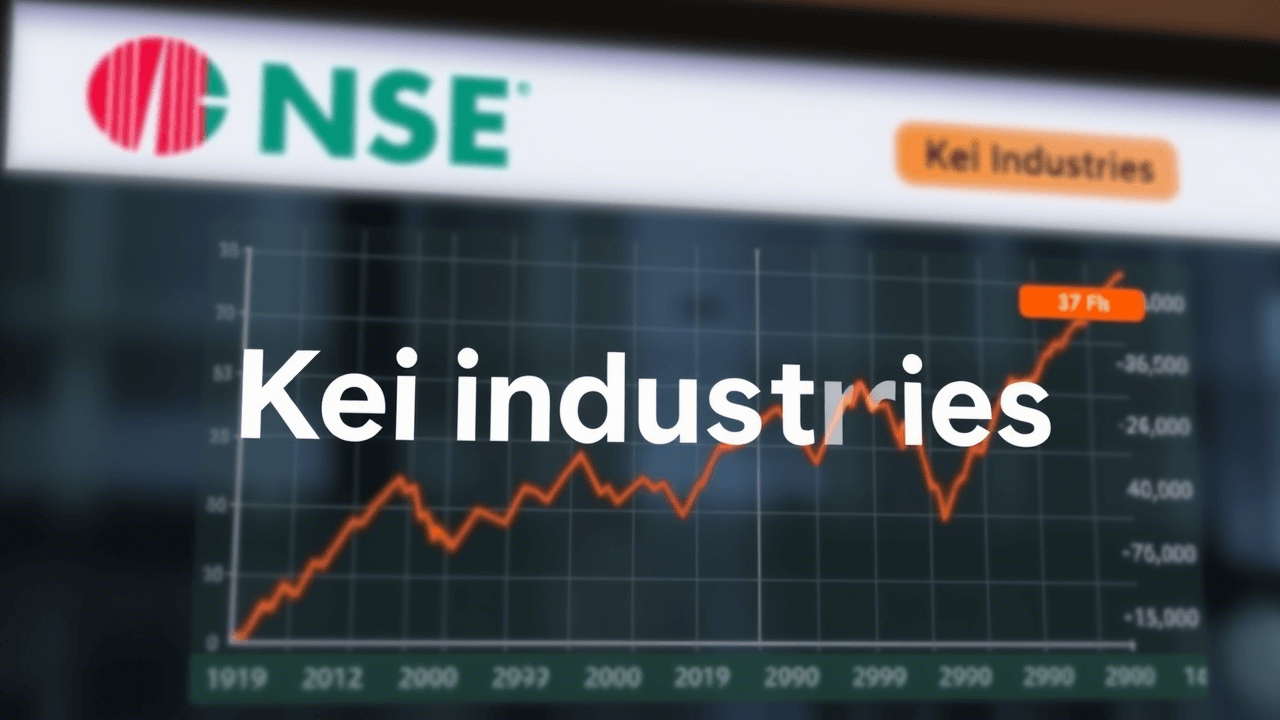
Forecasting the Stock Price of Castrol India
Introduction
Castrol India Limited is one of the leading players in the Indian lubricant market, renowned for its high-quality automotive and industrial lubricants. As a subsidiary of BP plc, Castrol India has established itself as a trusted brand with a strong presence in both B2B and B2C segments. The company operates in a highly competitive industry, but its consistent innovation, brand equity, and distribution network have helped it maintain a dominant position.
This blog post aims to provide a detailed analysis of Castrol India’s stock price forecast, covering its financial performance, peer comparison, technical analysis, and future outlook. Whether you’re a seasoned investor or a beginner, this analysis will help you understand the potential risks and rewards of investing in Castrol India.
Company Profile
History: Castrol India was incorporated in 1979 and has since become a household name in the lubricants industry. It was acquired by BP plc in 2000, further strengthening its global reach and technological capabilities.
Mission and Vision: Castrol India’s mission is to provide innovative lubrication solutions that enhance engine performance and efficiency. Its vision is to be the market leader in the lubricants industry by delivering superior customer value.
Core Products/Services: The company offers a wide range of products, including engine oils, gear oils, coolants, and greases for automotive, industrial, and marine applications. Popular brands include Castrol CRB, Castrol GTX, and Castrol Magnatec.
Key Milestones: Castrol India has consistently introduced cutting-edge products, such as its fully synthetic engine oils, and has expanded its distribution network to over 100,000 retail outlets across India.
Market Position: Castrol India holds a significant market share in the premium lubricant segment and is known for its strong brand loyalty and customer trust.

Financial Growth Analysis
Historical Financial Performance (Past 3-5 Years):
Revenue: Castrol India has demonstrated steady revenue growth, with a CAGR of approximately 5-7% over the past five years. In FY 2022-23, the company reported revenues of ₹4,500 crore.
Net Income: The company has maintained healthy profitability, with net margins consistently above 15%. In FY 2022-23, net income stood at ₹750 crore.
EBITDA: Castrol India’s EBITDA margins have remained robust, averaging around 25%, reflecting its strong pricing power and cost efficiency.
Cash Flow: The company generates strong operating cash flows, enabling it to fund capital expenditures and maintain a healthy dividend payout ratio.
Recent Financial Achievements/Challenges:
Achievements: Castrol India has successfully launched new products tailored to the evolving needs of the automotive industry, such as lubricants for electric vehicles (EVs).
Challenges: Rising raw material costs and intense competition from both organized and unorganized players have put pressure on margins.
Peer Comparison
Financial Metrics Comparison:
P/E Ratio: Castrol India’s P/E ratio of 25x is higher than the industry average of 20x, reflecting its premium valuation.
P/B Ratio: The company’s P/B ratio of 8x is also higher than peers, indicating strong investor confidence.
ROE: Castrol India’s ROE of 30% is significantly higher than the industry average of 18%, showcasing its superior profitability.
Debt-to-Equity: The company has a debt-free balance sheet, which is a key strength compared to peers with higher leverage.
Market Position:
Castrol India is a market leader in the premium segment, competing with players like Gulf Oil, Shell, and Indian Oil. Its strong brand equity and distribution network give it a competitive edge.
Technical Analysis
Price Trends and Indicators:
Moving Averages: The stock is currently trading above its 50-day and 200-day moving averages, indicating a bullish trend.
RSI: The Relative Strength Index (RSI) is at 60, suggesting the stock is neither overbought nor oversold.
MACD: The Moving Average Convergence Divergence (MACD) shows a positive crossover, signaling potential upward momentum.
Support/Resistance Levels: Key support levels are at ₹150 and ₹160, while resistance levels are at ₹180 and ₹200.
Volatility and Trading Volume:
The stock has shown moderate volatility, with average daily trading volumes of 1-2 million shares.
Stock Price Forecast
Short-Term (3-6 Months):
The stock is expected to trade in the range of ₹170-₹190, driven by strong quarterly earnings and new product launches.
Medium-Term (6-12 Months):
With the automotive industry recovering and EV-related products gaining traction, the stock could reach ₹200-₹220.
Long-Term (1-3 Years):
Castrol India’s focus on innovation and sustainability could drive the stock to ₹250-₹300, assuming consistent revenue growth and margin expansion.
Catalysts:
Upcoming product launches, expansion into EV lubricants, and favorable regulatory changes could act as positive catalysts.
Conclusion
Castrol India is a well-established player in the lubricants industry with a strong brand, robust financials, and a competitive edge. While the stock is currently trading at a premium valuation, its growth prospects and market position make it an attractive investment for long-term investors. However, investors should remain cautious about rising raw material costs and intense competition.
Recommendation: Buy for long-term growth, but consider waiting for short-term pullbacks for better entry points.
Disclaimer
This blog post is for informational purposes only and should not be construed as financial advice. The stock market is subject to risks, and investors should conduct their own research or consult a financial advisor before making investment decisions.
FAQ
Q1: What factors influence the stock price of Castrol India?
A: Key factors include raw material costs, demand for lubricants, competition, and the company’s financial performance.
Q2: How reliable is the stock price forecast?
A: The forecast is based on historical data and current trends, but it is subject to market risks and uncertainties.
Q3: What are the risks associated with investing in Castrol India?
A: Risks include rising raw material costs, competition, and economic slowdowns affecting the automotive industry.
Q4: How does Castrol India compare to its competitors?
A: Castrol India has a stronger brand, higher profitability, and a debt-free balance sheet compared to many peers.
Q5: What are the best resources to track the stock’s performance?
A: Investors can use financial news platforms, stock market apps, and the company’s official website for updates.
This blog post provides a holistic view of Castrol India’s stock, combining fundamental and technical analysis to help investors make informed decisions.
castrol india share price target today






